In the landscape of healthcare, where complex data and impersonal statistics often dominate, storytelling emerges as a powerful tool for engaging and educating audiences.
Through the art of storytelling, healthcare communication transcends information sharing by weaving in narratives that foster empathy, humanization, and understanding.
Here, with the help of two of our healthcare videos, we’ll delve into how storytelling can significantly enhance healthcare communication.
Healthcare Videos
Please enjoy the two videos we’ll be using as examples throughout this article.
The Impact of Storytelling in Healthcare
Storytelling offers a unique lens through which audiences can connect with healthcare information on a personal level.
Eudora’s story on the critical importance of early apoB testing and Marie’s journey with OnCourage showcase storytelling’s capability to:
- Make complex healthcare concepts relatable and understandable.
- Evoke empathy, turning clinical information into compelling narratives.
- Influence health behaviours and decisions by providing memorable, engaging content.
Need convincing? Check out these results of an independent study about the impact of our whiteboard videos.
Key Elements of Effective Healthcare Storytelling
Personalization and Relatability
Crafting relatable characters like Eudora and Marie helps audiences see their own reflections in healthcare narratives. Their stories underscore the universality of health concerns and the impact of medical issues on individual lives, making health information more accessible and actionable.
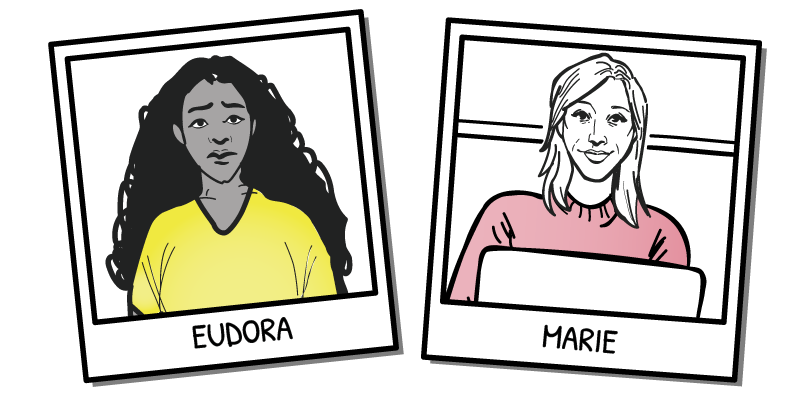
Emphasis on Preventive Actions
Narratives that highlight preventive measures motivate audiences to take proactive health steps. Eudora’s story emphasizes the importance of early testing, offering a blueprint for preventive healthcare engagement.
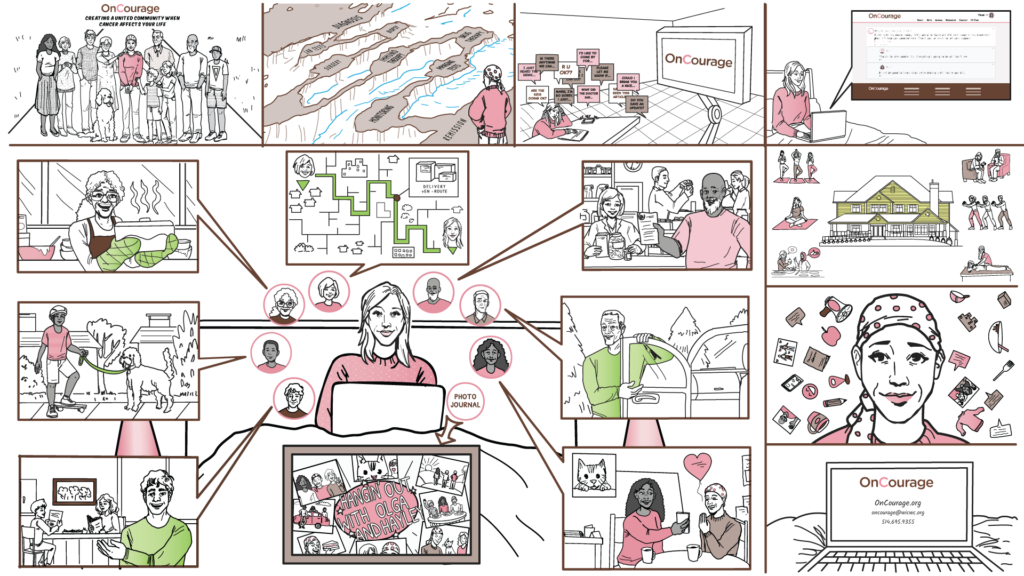
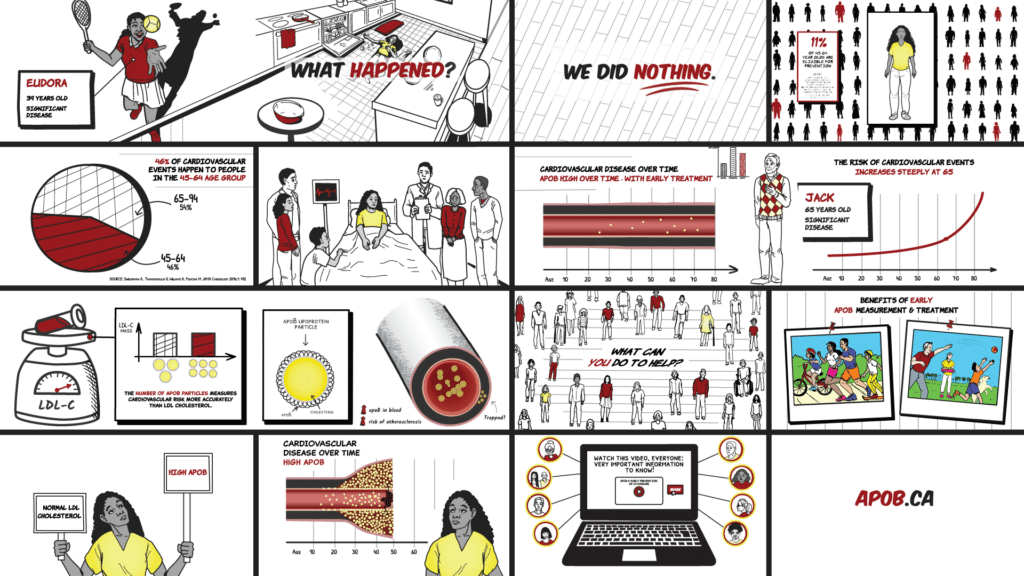
Narrative Arc with a Purpose
A well-structured story, with a clear beginning, middle, and end, guides audiences through a purposeful journey. From Eudora’s initial health status to her confrontation with cardiovascular risks and Marie’s exploration of community support, each story arc is designed to inform and inspire action.
Leveraging Visual Storytelling in Healthcare
Visual storytelling, through techniques like whiteboard animations, simplifies complex information, making it engaging and digestible. The OnCourage video demonstrates how visuals can vividly convey the functionality of support platforms, inviting audiences into a clear and compelling narrative.
Employing visuals enhances narratives, aiding comprehension and forging stronger emotional connections. The use of imagery and animations in Eudora’s and Marie’s videos, such as blocked arteries or the supportive network of OnCourage, clarifies health concepts and underscores the narrative’s message.
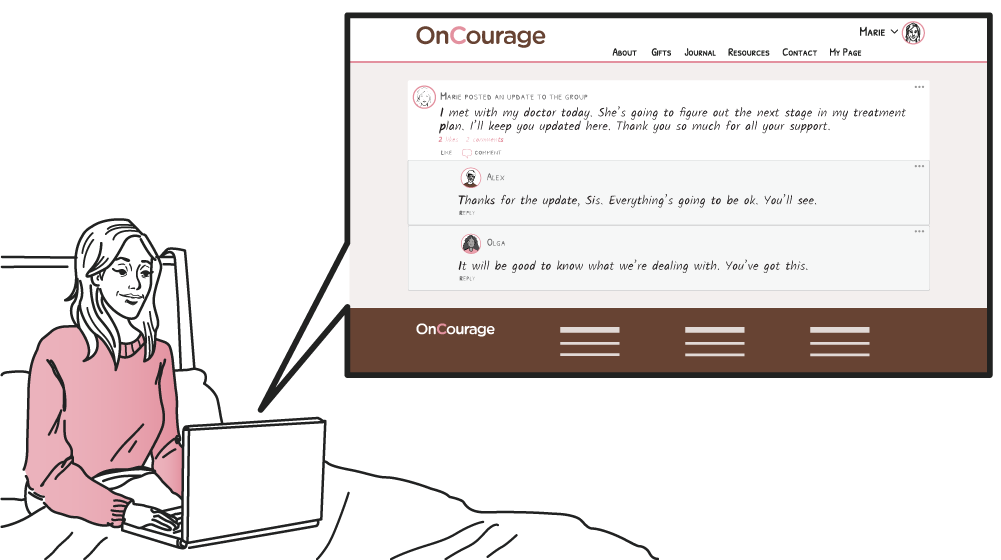
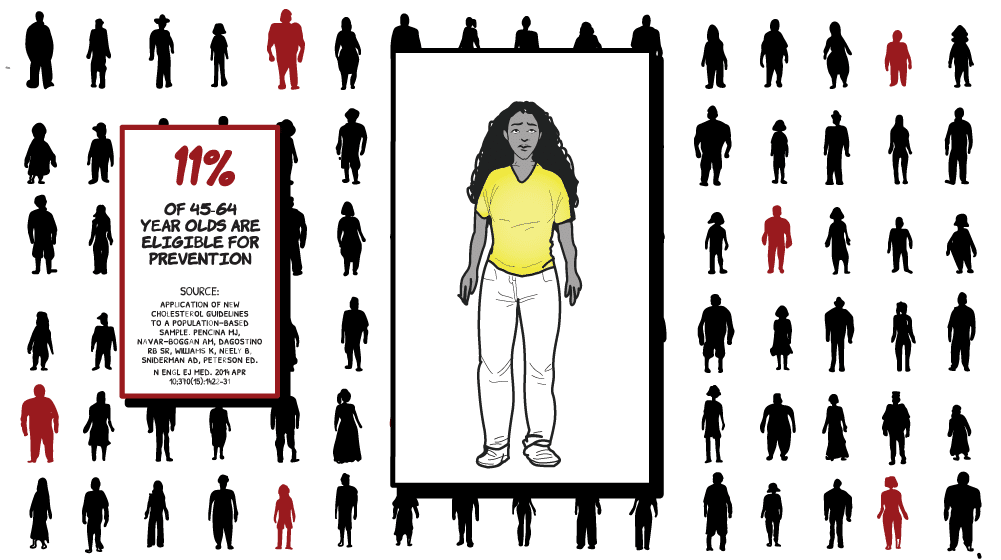
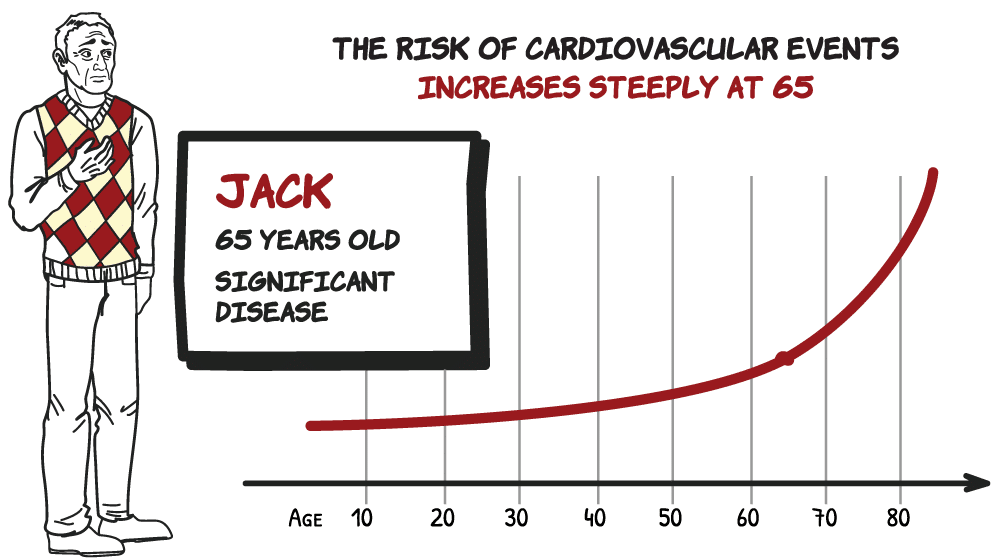
Use of Data and Statistics
Integrating data within stories supports the narrative without overwhelming it. Subtle inclusion of statistics, like the prevalence of cardiovascular events in Eudora’s story, enhances the message’s impact by grounding it in reality.
Incorporating Scientific Insights
Blending scientific and medical insights into personal stories, like the detailed explanation of apoB in Eudora’s journey, enriches the narrative’s educational value. Making complex data relatable to a non-specialist audience amplifies the story’s impact, enhancing audience understanding and engagement.
Strategies for Embedding Empathy in Communications
Incorporating real patient experiences, like Marie’s emotional journey on OnCourage, grounds communications in genuine emotions and experiences. This approach ensures that healthcare messages are not only heard but felt, making the concept of support communities deeply relatable.
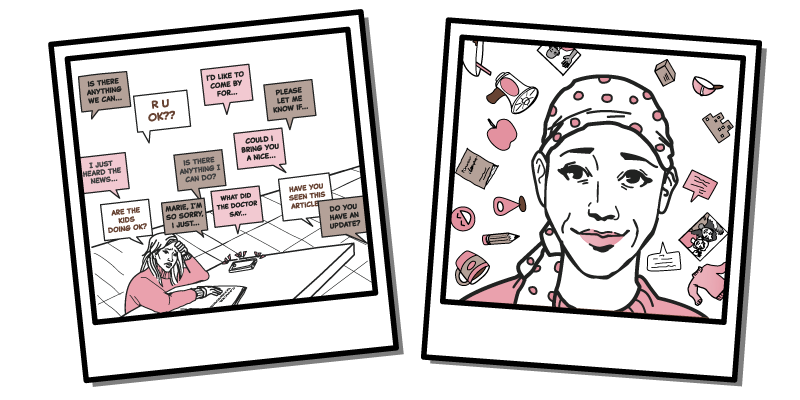
Crafting a Call to Action Through Narrative
Concluding stories with a compelling call to action, as seen in both Eudora’s and Marie’s narratives, encourages audiences to take specific health actions. These CTAs leverage the emotional and educational journey of the narrative to inspire real-world engagement and proactive health measures.
A Final Word
I hope the narratives of Eudora and Marie have demonstrated how effective storytelling in healthcare can dramatically impact communication and marketing efforts.
Please sign up to our email list to receive fresh communication and storytelling tips in your inbox every month. And if you’d like to tell your own healthcare story in a way that informs, inspires, and drives meaningful change, Exaltus can help. Please check out examples of whiteboard videos from our award-winning studio, or get in touch for a free consultation.

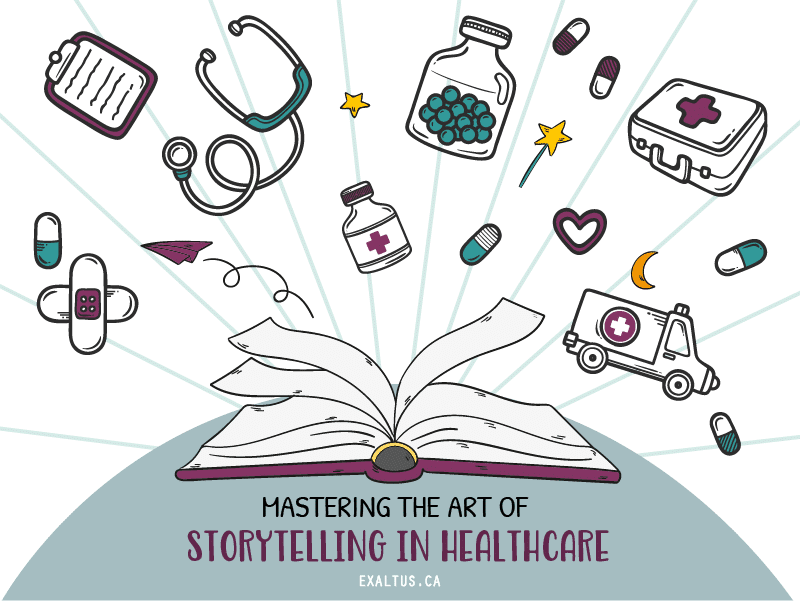
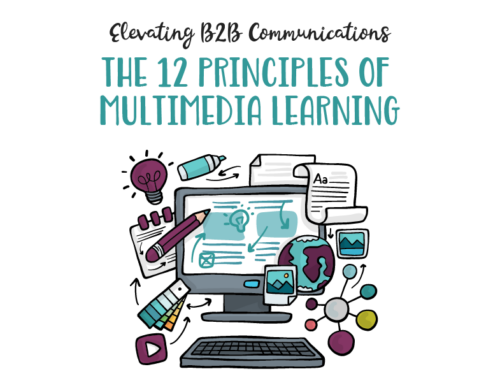
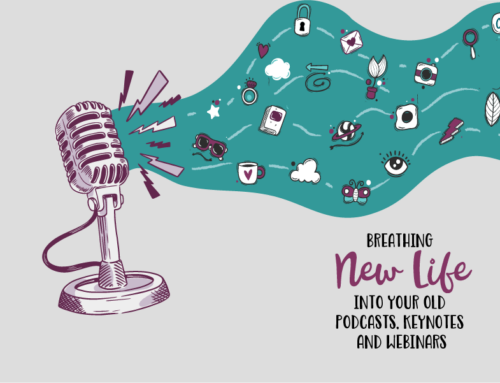
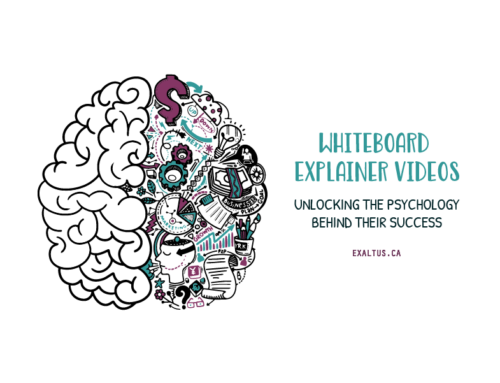
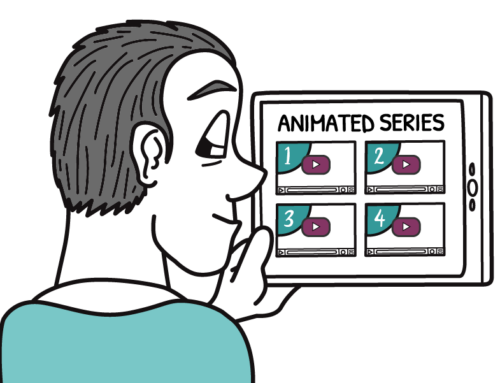
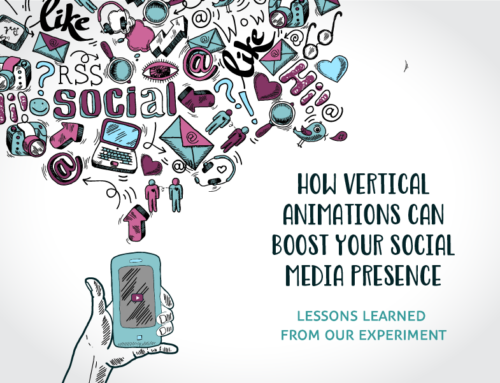
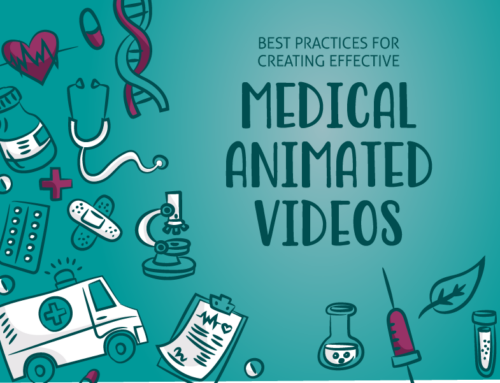
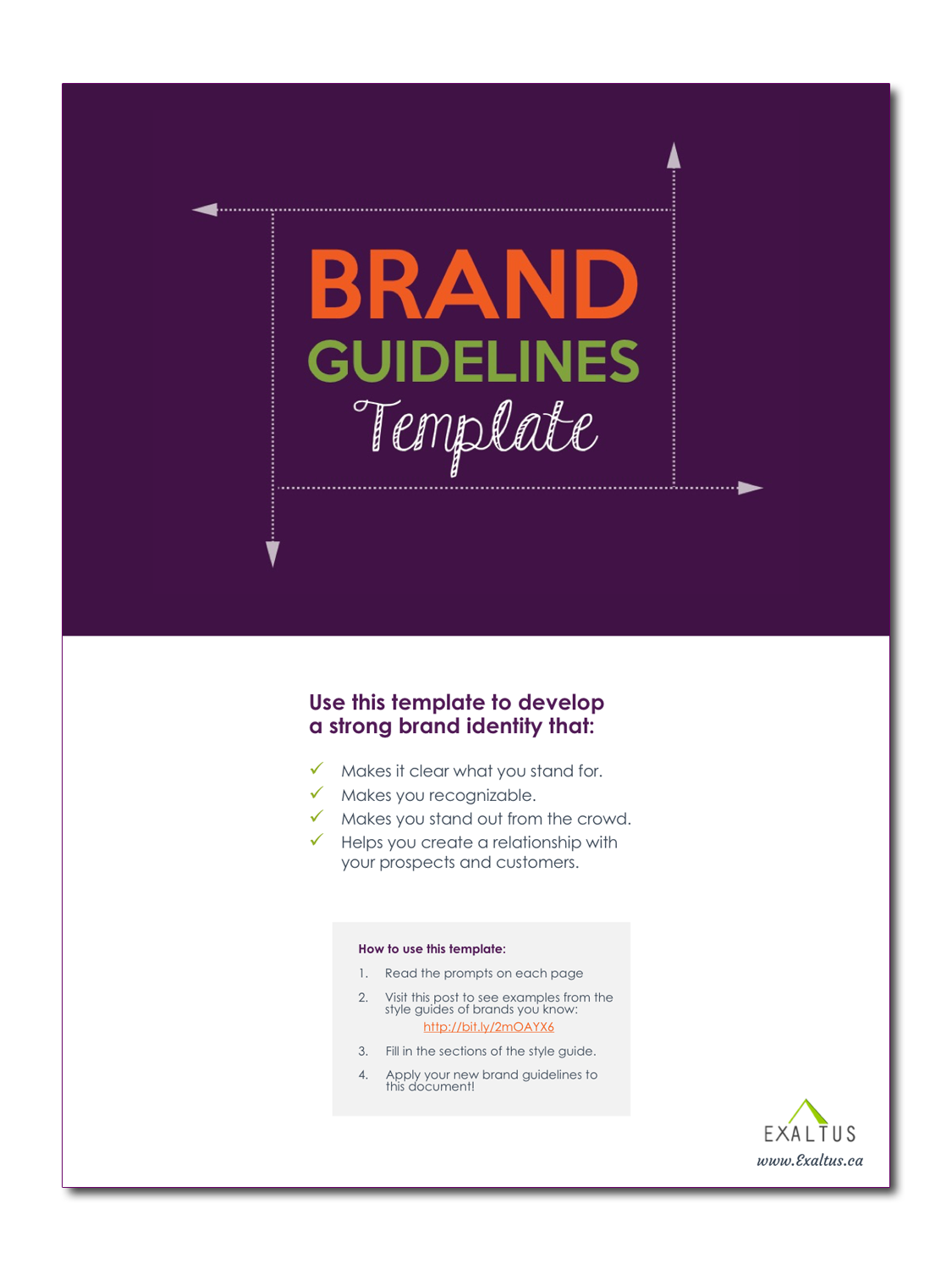

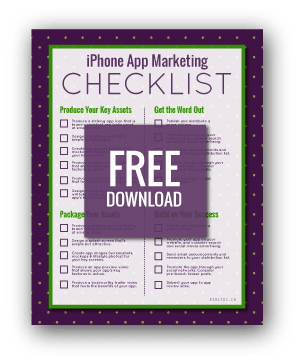
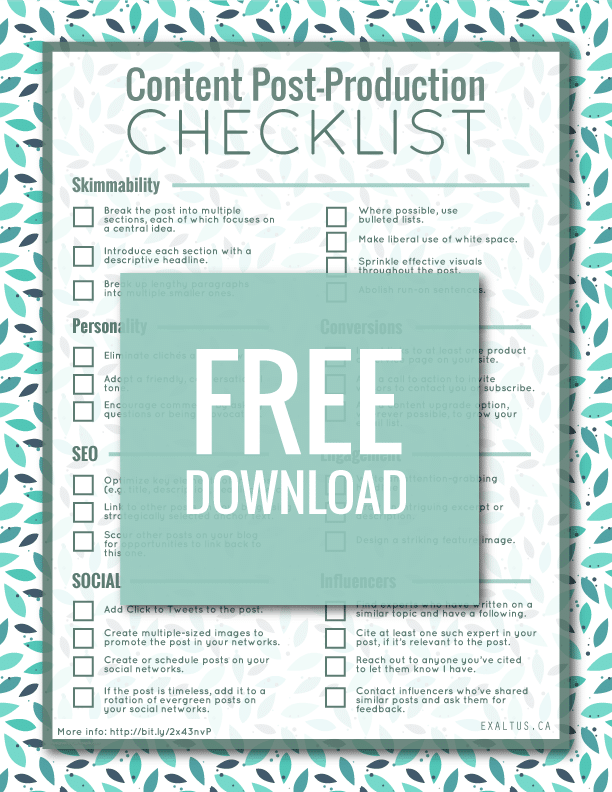
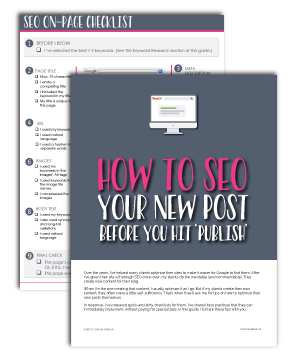
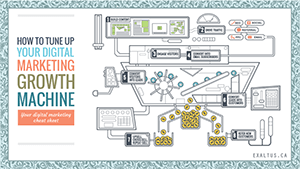
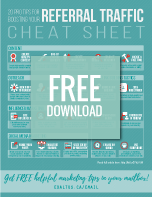

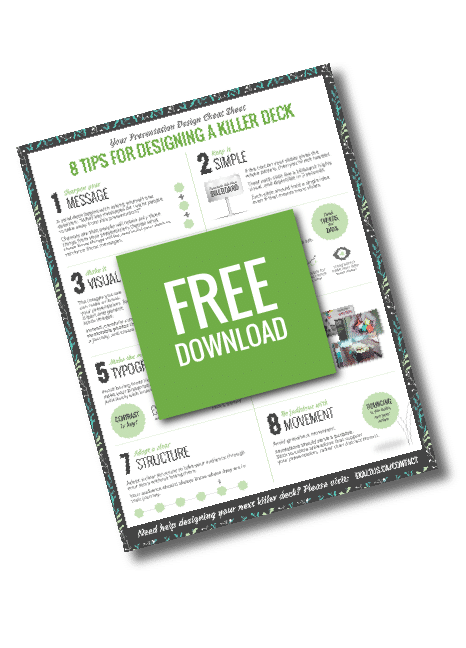
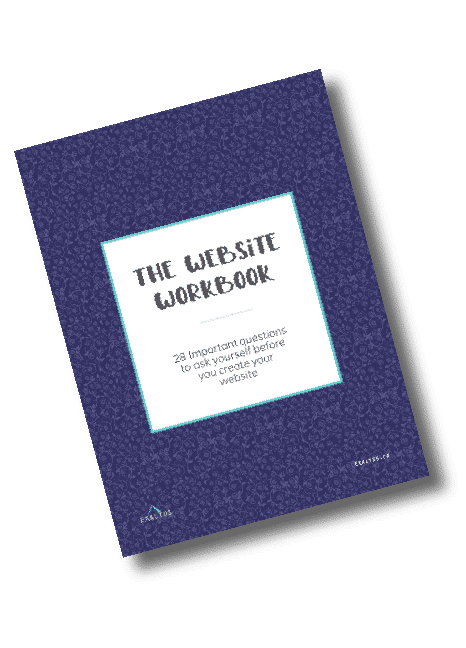
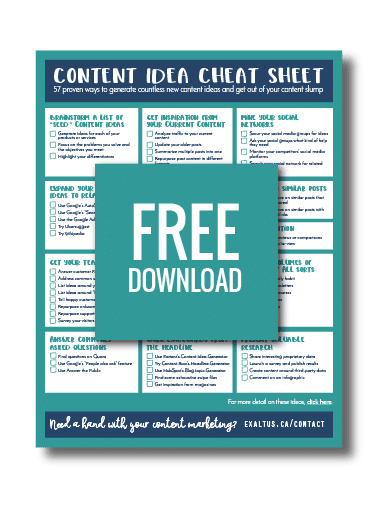

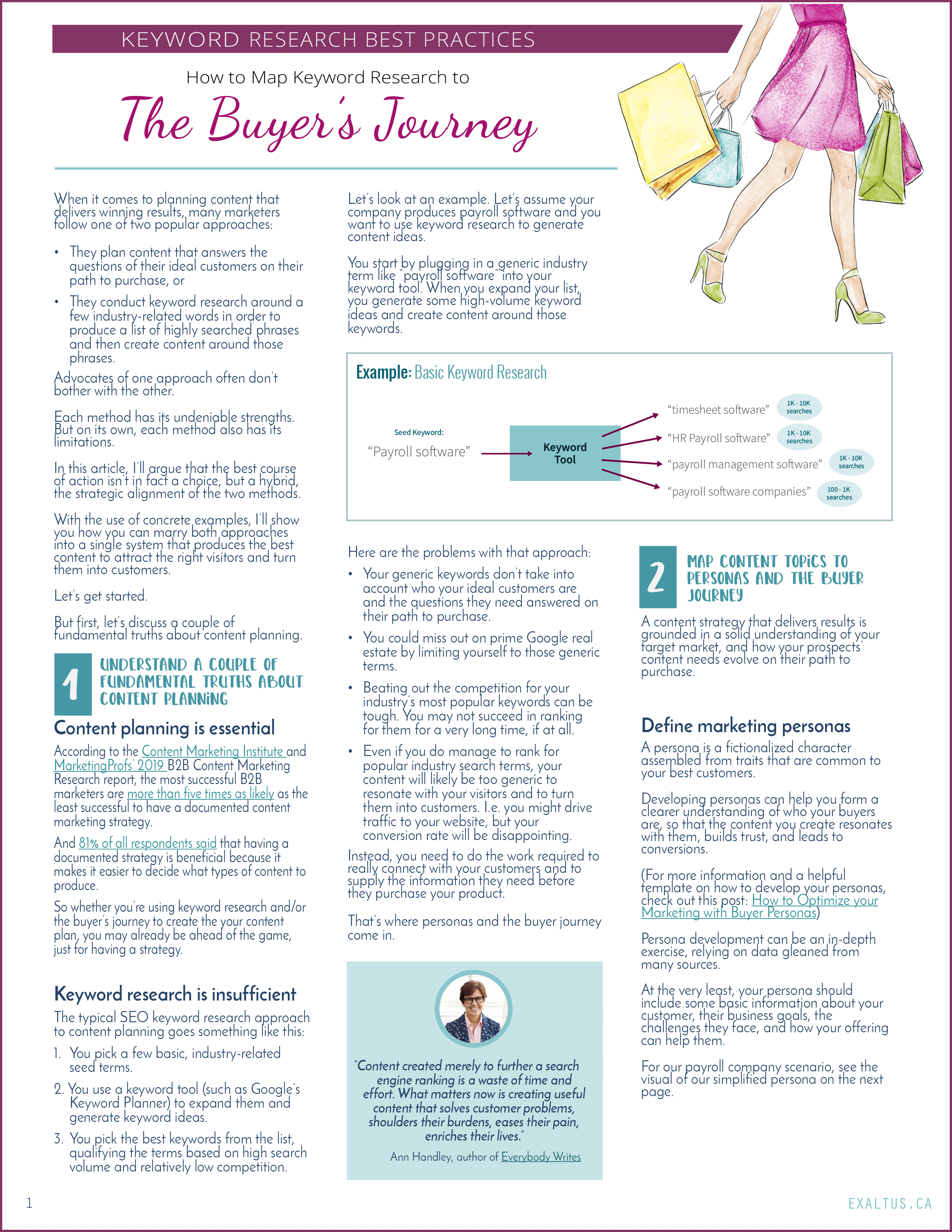
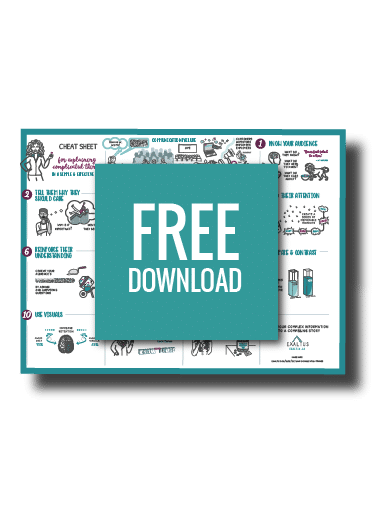
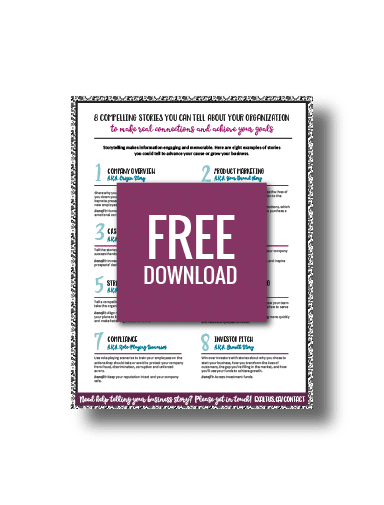

Leave A Comment